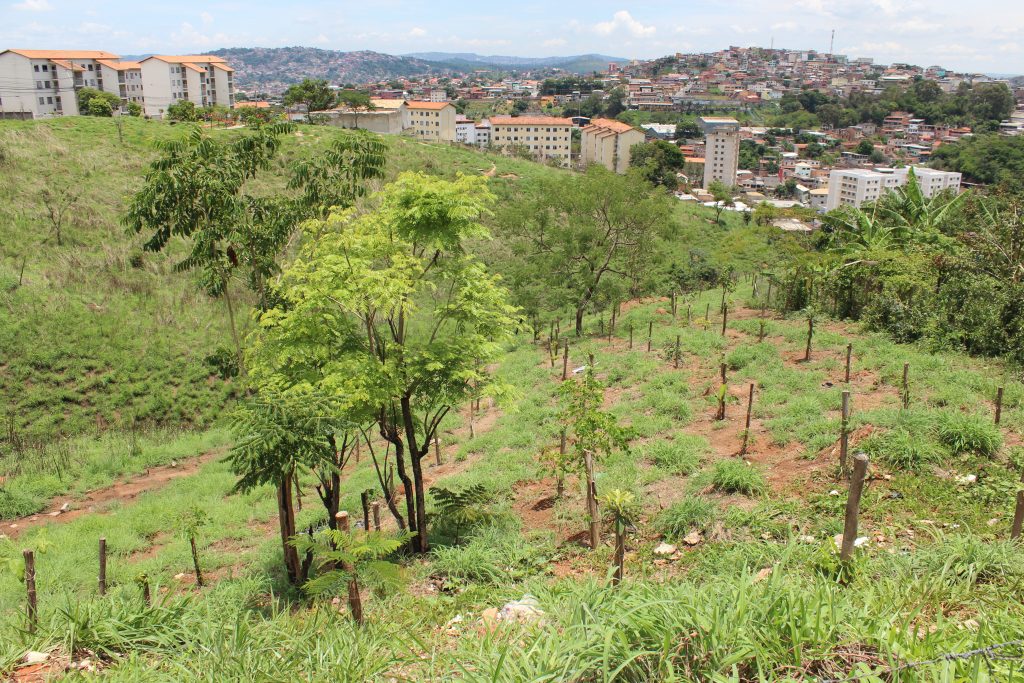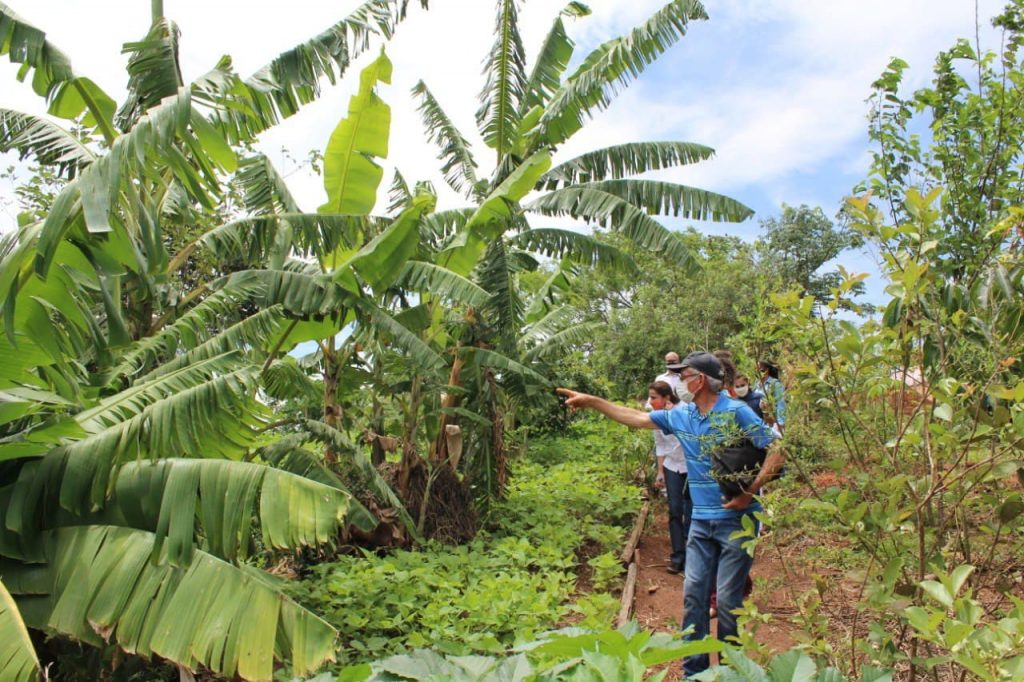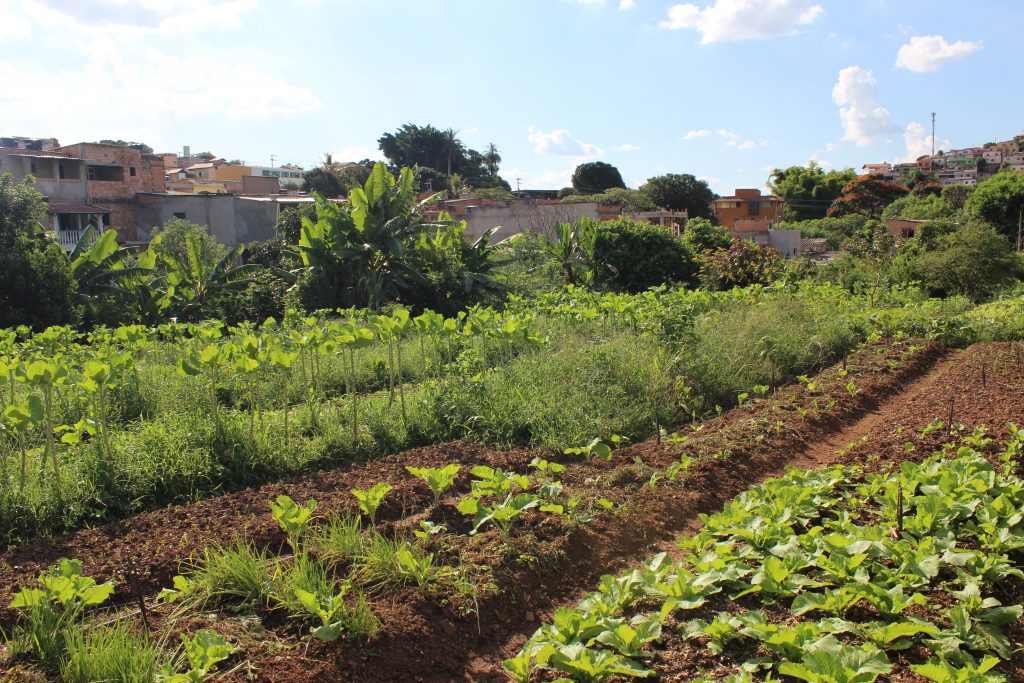Status
ongoing
50%
City
Belo Horizonte
Main actors
City Government, Community / Citizen Group
Project area
Whole City/Administrative Region
Duration
Ongoing since 2019
The Urban Agroforestry project aims to enhance ecosystem services by implementing agroforestry systems in socially important, degraded, or environmentally preserved areas. This approach restores the ecological attributes of these areas through the planting of native trees and ensures food security for local communities via food production.
Belo Horizonte City Hall embarks on a selective procedure to initiate support for agroforests, which falls under a more extensive program that aids 157 production units, encompassing community, institutional, and school units. By offering technical assistance, infrastructure, seedlings, and resources, we can facilitate the sustainable use of spaces that were formerly degraded or underused.
This case study part of CLEARING HOUSE project, funded from the European Union’s Horizon 2020 Research and Innovation Program under Grant Agreement 821242.
External links / documents
On Map
The Map will be displayed after accepting cookie policy




